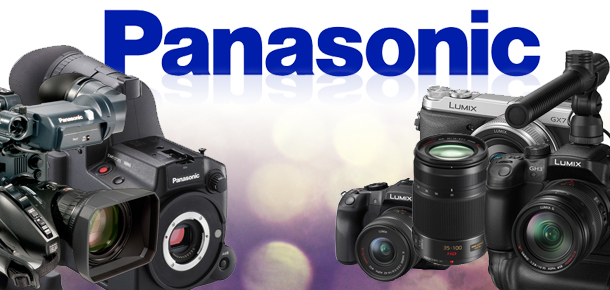Over a year ago, Techcitement mentioned that Panasonic was rumored to be bringing high-end video features to its mirrorless GH3 camera, the replacement to the blind test winning cult hit that was the GH2. At the time, it was pointed out that Panasonic wanted to bury the popularity of its budget DSLR-style camera with filmmakers, possibly to promote their full-featured pro-level camera, the AF100 instead. That is, until the rumored specs of the GH3 came out and showed us that perhaps Panasonic wanted to embrace the budget-conscious filmmaker after all.

Don’t judge a book by its cover: The GH3 may look like a stills camera, but it packs more video punch than most video cameras.
Rumors mentioned all kinds of professional-level features not usually found on smaller budget video cameras, such as embedded timecode, higher bitrate encoding, audio monitoring via headphones, and live focus peaking. Focus peaking in particular caught my attention, as this is a feature I’ve often wished I had when shooting on budget cameras. Yet when the GH3 was released soon afterwards, it turned out focus peaking didn’t make the cut. There remains plenty to love about the GH3 if you’re a filmmaker on a budget, but I found it odd that the rest of the features in the rumor were spot on except for that one.
Fast forward the better half of a year, and Panasonic releases the G6, another budget mirrorless DSLR-style camera. While the GH3 is larger, more rugged, and pro-level build quality than previous offerings, the G6 is roughly the same size and shape as the older GH2. It even has the same accessories and sensor under the hood. However, the camera offers better colors, higher frame rates, and the most surprising bit of all, focus peaking. Stranger still is that the GH3 is approximately double the price of the G6, yet the G6 got this feature and the GH3 did not.
Before you herald the G6 as a confusingly better and cheaper alternative to the GH3, take into consideration that Panasonic disabled the HDMI output during recording, which means that it only works for playback. One of the big selling points of the GH2 back in the day, was the ability to output a live 1080p HD signal while recording, for monitoring off-camera. This is helpful to the workflow of filmmakers, who often prefer to have a nice big screen to judge their shots instead of the tiny built-in camera display. That feature followed into the GH3, but the G6 loses it, which again, comes off as an odd decision on Panasonic’s part.
Panasonic has yet another budget-conscious mirrorless camera released with some high-end video features, the GX7. This new camera is expected to have similar high quality video modes to the GH2, GH3 and G6, but with another odd decision thrown into the mix. The GX7 is smaller and cheaper than the GH3 as well, yet includes focus peaking like the G6 and adds on a cool articulating viewfinder that none of the other Panasonic cameras have. However, it lacks a microphone jack completely. That means, for all the great image quality you can supposedly capture, you are stuck with the limited on-camera mic for sound.
With this announcement, Panasonic’s decisions suddenly start to make sense, albeit in a conspiracy theorist sort of way. It’s almost as if the camera manufacturer doesn’t want any single budget camera to have all of these features. You are expected to pick which ones you need and which ones you could do without. As I look at the company’s product lineup and decide which one I think is the better deal, I can’t help wishing that there was a single camera that did everything. I’d even pay more for that. And then I remember that Panasonic’s larger and more expensive pro-level AF100 exists and has been there all along.
Here I am thinking Panasonic has decided to embrace the budget filmmaker instead of shunning them as the company tried to with the GH2, but alas, it appears that the company plan may have been to give you just enough on the budget level to want more. This maneuver in turn protects the company’s higher-end options. Well played, Panasonic. Well played.




Comments are closed.